BaoDao Talk Blog
2024-06-11updated
Taiwan's Unique Traditional Event: Mazu Pilgrimage

# Traditional Chinese Festival
# Get to know Taiwan
In the vibrant tapestry of Taiwanese culture, the Mazu Pilgrimage stands as a beacon of tradition and spiritual devotion. Rooted in legend and history, this annual event is a testament to the enduring significance of faith and community in Taiwanese society.
Quick Navigation
The Origins of the Mazu Pilgrimage
Legend of Mazu:
Remained taciturn, becoming a celestial maiden who practiced both Buddhism and Taoism, providing divinations for people's fortunes, and remained unmarried throughout her life. After her ascension, it is rumored that she often appeared in the image of a "beautiful woman in red attire with long hair and a plain face" amidst surging ocean waves, able to deflect typhoons and ensure the safe passage of ships. Worship of her among sailors and fishermen gradually evolved into a belief, making her a maritime goddess in Chinese folk religion.
Historical Background:
The tradition of the Mazu Pilgrimage traces back to the Song Dynasty when devotees began seeking Mazu's divine protection for safe voyages. Over time, the pilgrimage evolved into a grand procession, blending religious fervor with cultural celebration.

Significance of the Mazu Pilgrimage
Cultural Importance:
The pilgrimage to Mazu holds profound cultural significance in Taiwan. Surrounded by the sea on all sides, early inhabitants of Taiwan were heavily reliant on the ocean for their livelihoods, fostering a deeply ingrained belief in maritime deities. Consequently, there are numerous temples dedicated to Mazu throughout the island, symbolizing unity, resilience, and respect for tradition among early settlers. This serves as a poignant reminder of the island's deep-rooted connection to the ocean and its maritime heritage.
Spiritual Beliefs:
For believers, the pilgrimage is more than a mere procession; it is a spiritual journey of devotion and supplication. Participants offer prayers to Mazu, seeking her blessings for prosperity, safety, and good fortune.
The Route and Rituals
Journey to Pilgrimage:
The pilgrimage typically spans several weeks, with devotees traversing hundreds of kilometers along coastal routes. Communities eagerly await the arrival of the sacred palanquin carrying the statue of Mazu, often adorned with colorful decorations and offerings.
Rituals Along the Way:
Throughout the journey, various rituals are performed to honor Mazu and appease her divine presence. These rituals include incense offerings, ceremonial dances, and chanting of sutras, all accompanied by the rhythmic beat of drums and cymbals.

Learn Once, Remember Forever. Start your Mandarin learning journey with BaoDao Talk!
Impact on Taiwanese Culture
Influence on Festivals:
The Mazu Pilgrimage has left an indelible mark on Taiwanese festivals and traditions. Many local celebrations, such as temple fairs and religious processions, are inspired by the rituals and customs observed during the pilgrimage.
Cultural Preservation:
Even in the rapidly changing modern world, the Mazu pilgrimage remains a highly significant traditional cultural festival in Taiwan. It not only safeguards ancient traditions and customs from being forgotten but also fosters a sense of pride and identity within Taiwanese communities. Additionally, it introduces Mazu to both young people and foreign friends, ensuring the continuity of its cultural heritage.
Modern Adaptations
Contemporary Celebrations:
While rooted in tradition, the Mazu Pilgrimage has adapted to modern times, embracing new technologies and innovations. Today, the event attracts not only devout pilgrims but also curious travelers and enthusiasts eager to experience its rich tapestry of sights and sounds.
Tourism and Economy Boost:
The pilgrimage has emerged as a significant driver of tourism and economic activity in Taiwan, attracting visitors from around the world. Local businesses thrive during the festivities, offering a diverse array of goods and services to pilgrims and spectators alike.
Conclusion
The Mazu pilgrimage is a testament to the enduring vitality of Taiwanese culture, weaving together tradition, spirituality, and community in a traditional cultural event. If you're interested, feel free to check the schedule for the "Taiwan Mazu Pilgrimage(台灣媽祖繞境)" and join pilgrims in embarking on this unforgettable cultural journey to Taiwan firsthand.
Share to:
Popular Articles
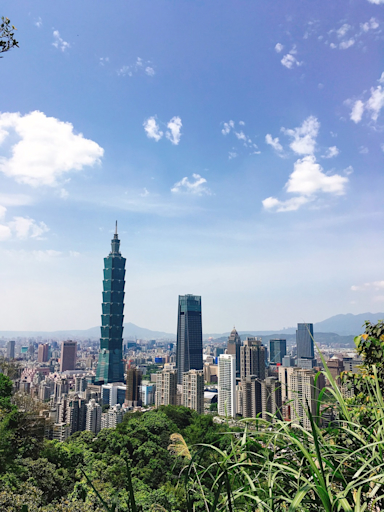
2024-09-20

2024-08-30
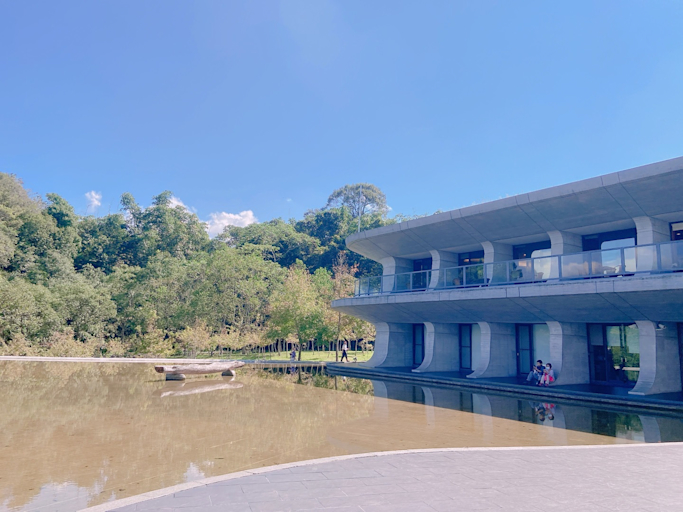
2024-08-23

2024-08-16
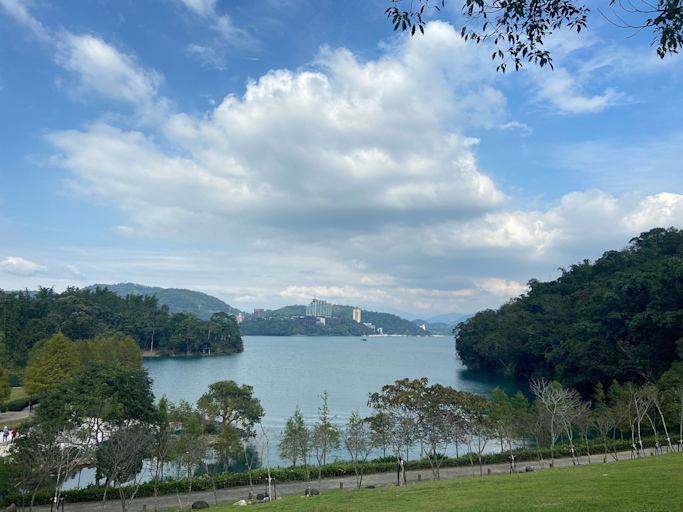
2024-08-08

2024-08-02

2024-07-26

2024-07-19

2024-07-12

2024-06-28
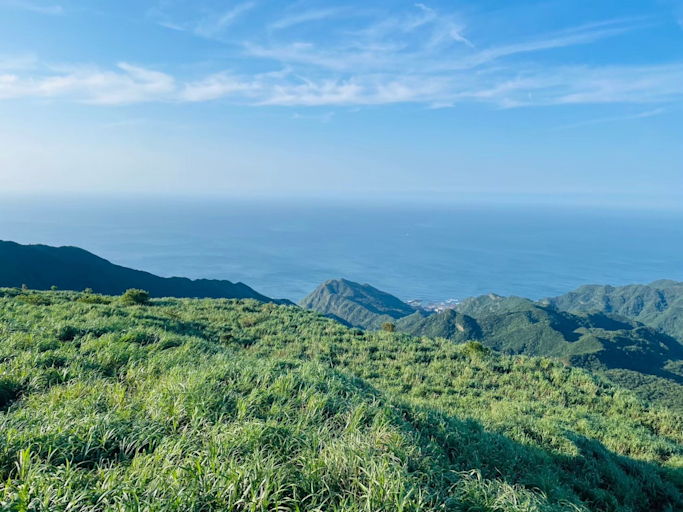
2024-06-21
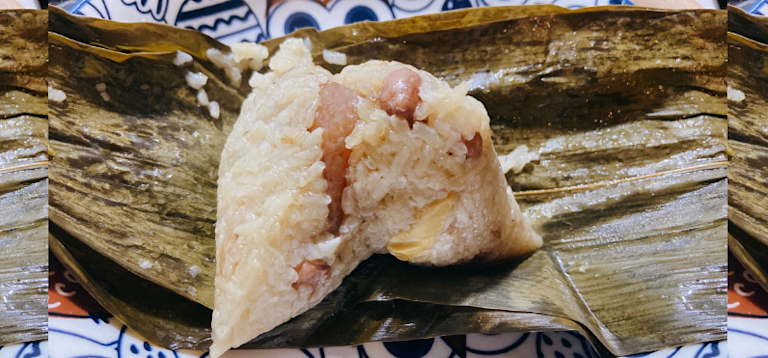
2024-06-11